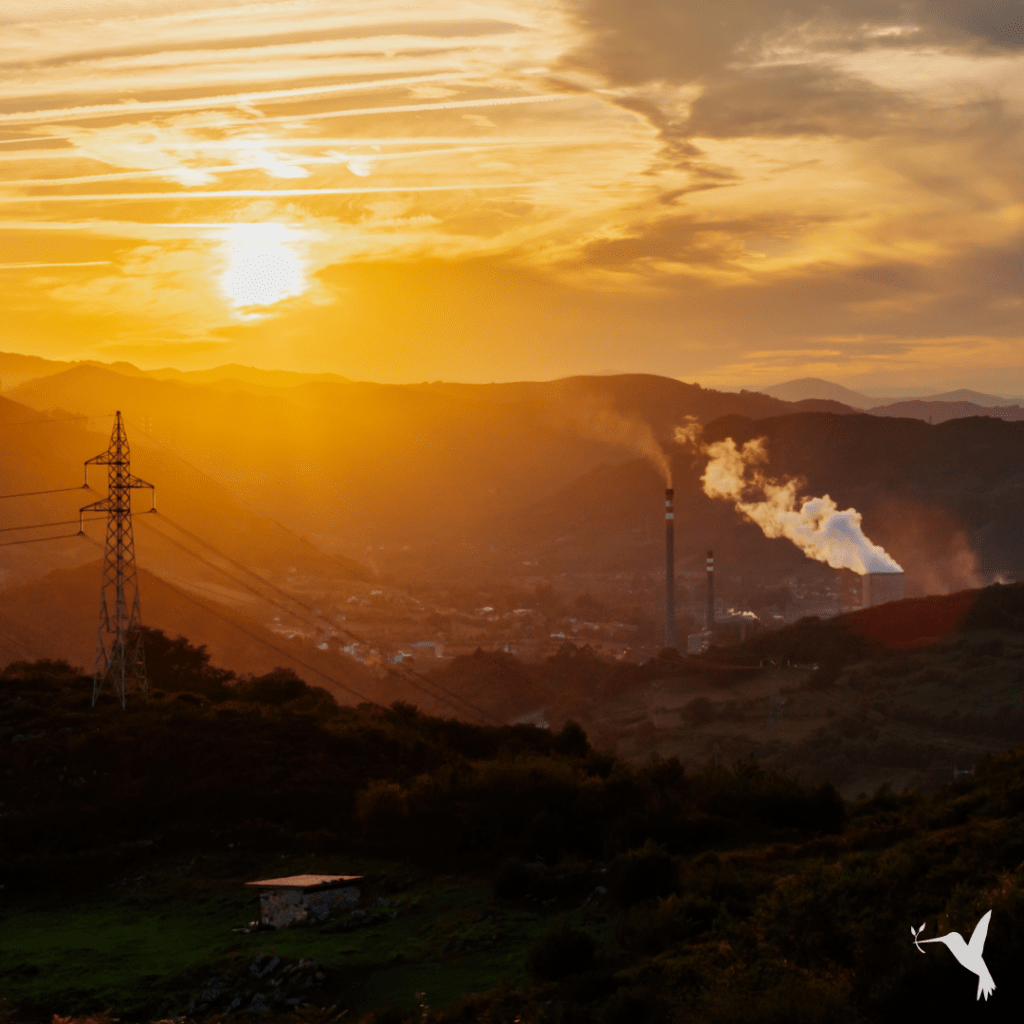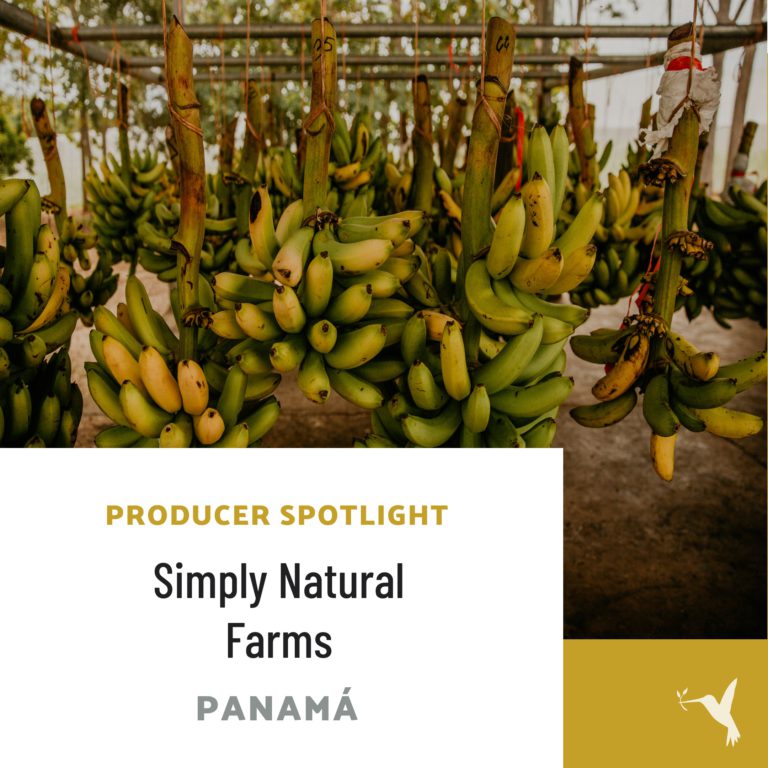The Planetary Boundaries & Why They Are More Critical Than Ever

Have you heard of the planetary boundaries? It may not be a topic that comes up in your everyday conversations–but maybe it should be. The planetary boundaries framework is a concept in Earth system science that defines a set of nine critical environmental boundaries within which humanity can safely operate to maintain a stable and hospitable planet suited for the continued thriving of our human civilization. While most of us may not be chatting about the planetary boundaries over dinner, the framework has attracted considerable scientific and societal attention, inspiring governance strategies and policies at all levels.
Johan Rockström, together with a group of scientists, wrote a paper introducing this concept in 2009. The boundaries represent the thresholds for various Earth system processes. The idea is that if we can organize ourselves to function within these limits, our species can continue to thrive for generations to come. However, if we cannot keep ourselves from crossing these thresholds, we could be heading straight into irreversible environmental changes that will endanger the functioning of ecosystems and the well-being of humans.
Unfortunately, it may not be so much of an “if” as a “when.” Human activity affects the Earth’s climate and ecosystems in negative ways more than ever–to the point of risking the stability of the entire planet.
According to a recent assessment, we have now crossed six out of the nine planetary boundaries, suggesting that Earth is now well outside of the safe operating space for humanity.
What Are the Nine Planetary Boundaries?
As with everything on our beautiful planet, these nine boundaries are interconnected and interdependent. Crossing one boundary increases the risk of crossing others. While that may sound problematic, it also means that we can believe that improving one will improve the others. So here is a quick look at the nine boundaries.
Climate Change
This boundary addresses the concentration of carbon dioxide (CO2) in the atmosphere. The target is to keep global warming below 2 degrees Celsius above pre-industrial levels, with an aspiration to limit it to 1.5 degrees Celsius.
Biodiversity Loss
This boundary concerns the rate of species extinction. The goal is to prevent a significant loss of biodiversity and protect ecosystems that provide critical services.
Nitrogen Cycle
Excessive use of synthetic nitrogen in agriculture can lead to issues such as water pollution and disruption of natural nitrogen cycles. The goal is to limit human-caused disruptions to the nitrogen cycle.
Phosphorus Cycle
Similar to nitrogen, phosphorus is an essential nutrient for life, but excessive release of phosphorus into ecosystems can lead to water pollution and ecosystem disruption. The boundary aims to control phosphorus flows into ecosystems.
Land Use Change
This boundary addresses the conversion of natural landscapes into agriculture, urban areas, and other human uses. The goal is to limit land use change to protect biodiversity and ecosystems.
Freshwater Use
Excessive freshwater consumption for agriculture, industry, and domestic use can lead to water scarcity. The boundary aims to ensure sustainable freshwater use.
Ocean Acidification
The absorption of excess CO2 by the oceans results in increased acidity, which can harm marine life and ecosystems. The boundary seeks to prevent significant ocean acidification.
Stratospheric Ozone Depletion
This boundary relates to the release of ozone-depleting substances, primarily chlorofluorocarbons (CFCs). Efforts have been made to reduce these emissions, and the goal is to protect the ozone layer.
Aerosol Loading
Aerosols, such as black carbon and sulfate particles, can have both cooling and warming effects on the climate. The boundary seeks to limit the release of these particles into the atmosphere.

From global warming to the biosphere and deforestation, from pollutants and plastic to nitrogen cycles and freshwater: New research from the journal Science Advances shows that six of nine planetary boundaries are being crossed. Since they are interconnected, the simultaneous pressure in all boundary processes is increasing.
The concept of planetary boundaries has been influential in shaping discussions on sustainable development and environmental policy. The framework emphasizes the importance of understanding and respecting the limits of the Earth’s natural systems to ensure the long-term viability of human civilization. Boundaries are interrelated processes within the complex biophysical Earth system. This means that a global focus on climate change alone is not sufficient for increased sustainability. Instead, understanding the interplay of boundaries, especially climate, and loss of biodiversity, is key in science and practice.
The new planetary boundaries assessment underlines the tight and complex links between people and planet. It gives a basis for more systematic efforts to protect, recover and rebuild Earth resilience.
Scientists continue to study and refine their understanding of safe operating limits for the boundaries, and activists push for policy change around the world. Yet, we continue to cross the thresholds.
“Science and the world at large are really concerned over all the extreme climate events hitting societies across the planet as we move through the third human-amplified El Niño in only 25 years. But what worries us, even more, is the rising signs of dwindling planetary resilience, manifested by the breaching of planetary boundaries, which brings us closer to tipping points,” Johan Rockström says.
It is crystal clear that it is beyond time for action. Here at Producers Trust, we are on board. This is why we have been empowering and supporting small farmers since our origins. Regenerative agriculture may not be the one and only solution, but it is a good start.
Take a browse through our marketplace and our stories and discover all the members in our network who are commited to planetary health and positive change.


